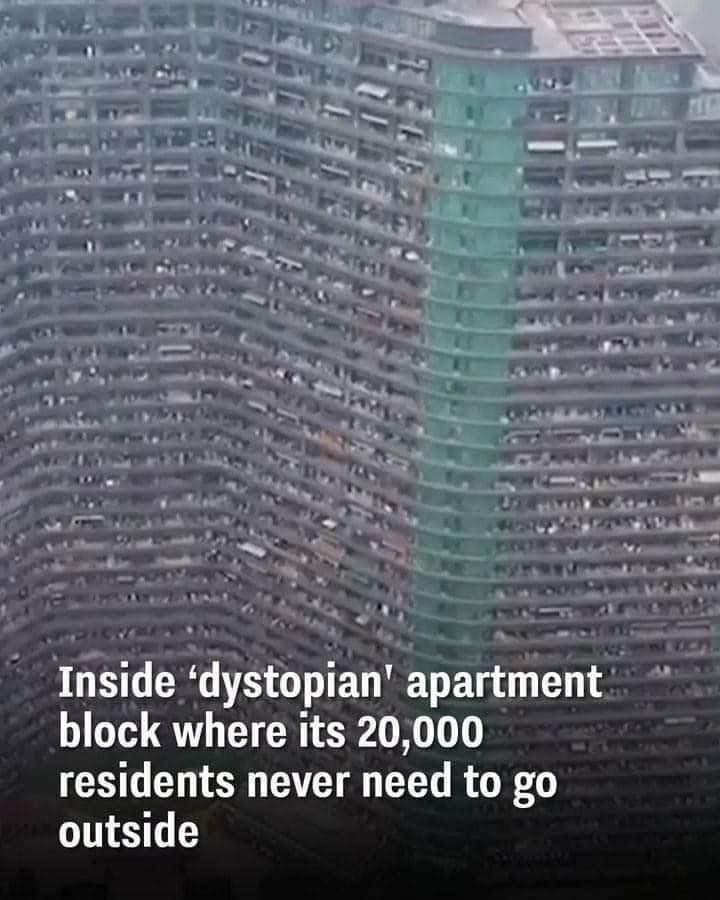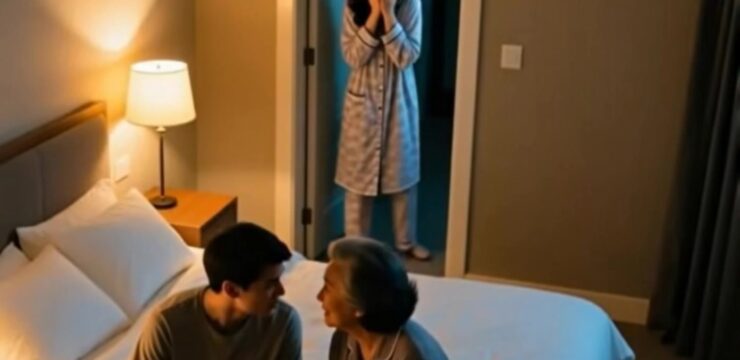
In the heart of Hangzhou’s Qianjiang Century City stands Regent International, a colossal residential complex that has recently captured global attention. A viral TikTok video by user @fatheristheone showcased its immense scale and unique S-shaped design, sparking debates about the implications of such densely populated living spaces. Is this architectural marvel a glimpse into an efficient urban future or a step toward a dystopian reality? Let’s delve deeper.
The Magnitude of Regent International
Designed by Alicia Loo, the visionary behind Singapore’s Marina Bay Sands Hotel, Regent International opened its doors in 2013. The building soars to 675 feet, encompassing between 36 and 39 floors, depending on the side. It’s designed to house up to 30,000 residents, with approximately 20,000 currently calling it home. This makes it one of the most densely populated residential structures globally.
A Self-Contained Urban Ecosystem
Regent International isn’t just a place to live; it’s a micro-city. Residents have access to a plethora of amenities, including:
- Retail Outlets: Grocery stores and boutiques cater to daily needs.
- Dining Options: A variety of restaurants offer diverse culinary experiences.
- Leisure Facilities: Swimming pools, fitness centers, and recreational areas promote a balanced lifestyle.
- Services: Internet cafes, nail salons, and other conveniences enhance daily living.
This design minimizes the need for residents to venture outside, making it particularly appealing to young professionals and students seeking convenience.
Affordability in an Urban Jungle
In a time when urban housing costs are skyrocketing, Regent International offers a range of units to suit different budgets:
- Smaller Units: Starting at 1,500 RMB (approximately $200) per month.
- Larger Units: Up to 4,000 RMB (just under $600) per month.
This affordability, combined with the array of amenities, makes it an attractive option for many.
Critics’ Concerns: Dystopia or Utopia?
Despite its advantages, the complex has faced criticism:
- Lack of Natural Elements: Concerns about insufficient fresh air and sunlight.
- Overcrowding: Fears that high density could lead to feelings of isolation or unnatural living conditions.
Drone footage highlighting the building’s vast interiors has fueled these perceptions, leading to its “dystopian” nickname.
Residents’ Reality: A Different Perspective
Contrary to dystopian fears, many residents find the complex practical and modern. They appreciate:
- Convenience: Everything they need is within reach.
- Community: Opportunities to connect with a diverse group of neighbors.
- Lifestyle: A balance of work, leisure, and social activities without long commutes.
Sustainability: A Vertical Solution
Regent International’s design offers environmental benefits:
- Land Use Efficiency: Maximizes limited urban space.
- Resource Optimization: Shared amenities reduce overall consumption.
Some have even dubbed it “the most sustainable living building on earth,” highlighting its potential as a model for future urban development.
Global Comparisons: A Growing Trend
High-density, self-contained living spaces are emerging worldwide:
- Singapore: Innovative housing solutions in response to limited land.
- Japan: Compact living designs in densely populated cities.
These developments reflect a shift towards vertical urbanization to address housing shortages and environmental concerns.
Conclusion
Regent International challenges traditional notions of urban living. While it may appear “dystopian” to some, for many, it represents a practical and sustainable solution to modern urban challenges. As cities continue to grow, such innovative housing models may become increasingly common, redefining our perceptions of community and space.





